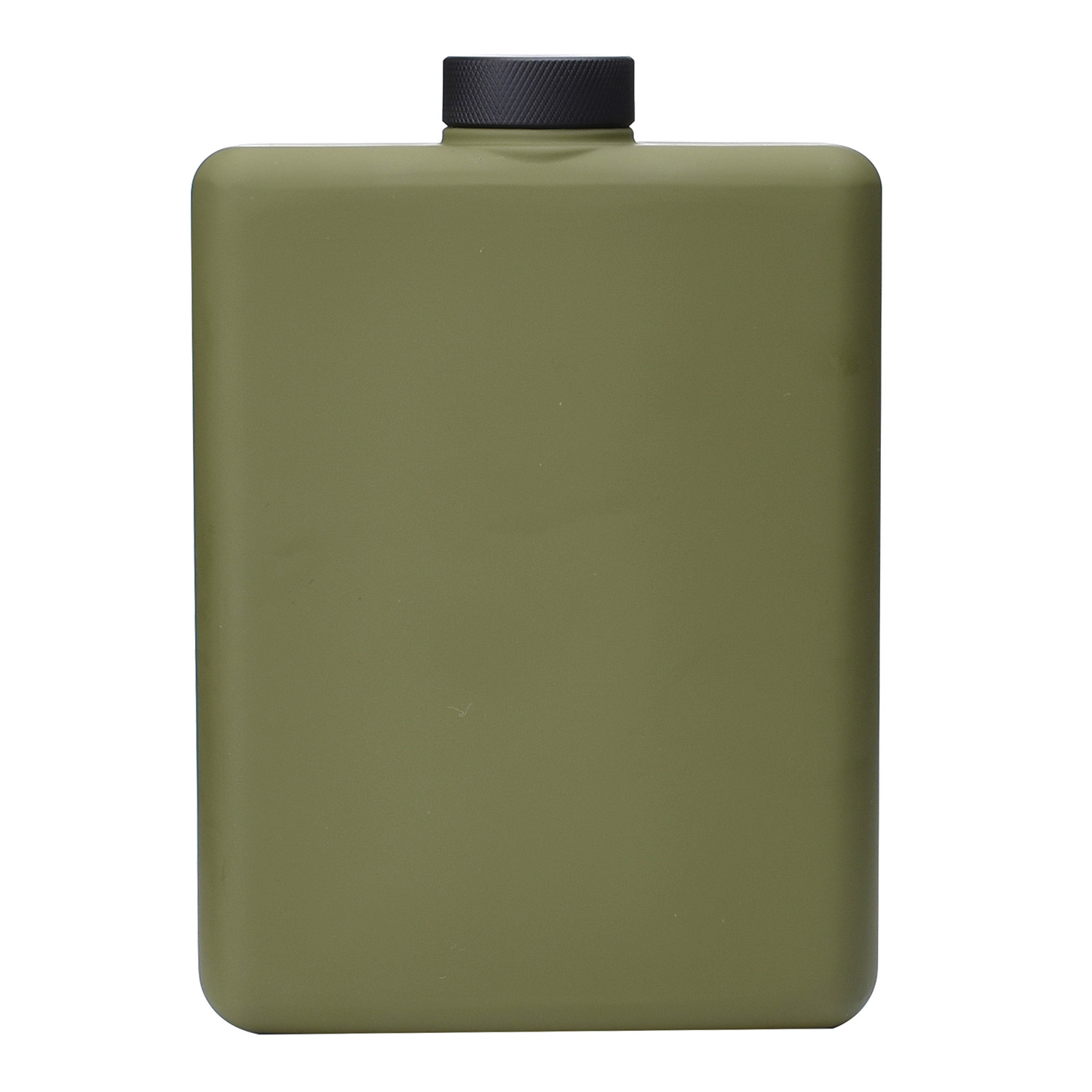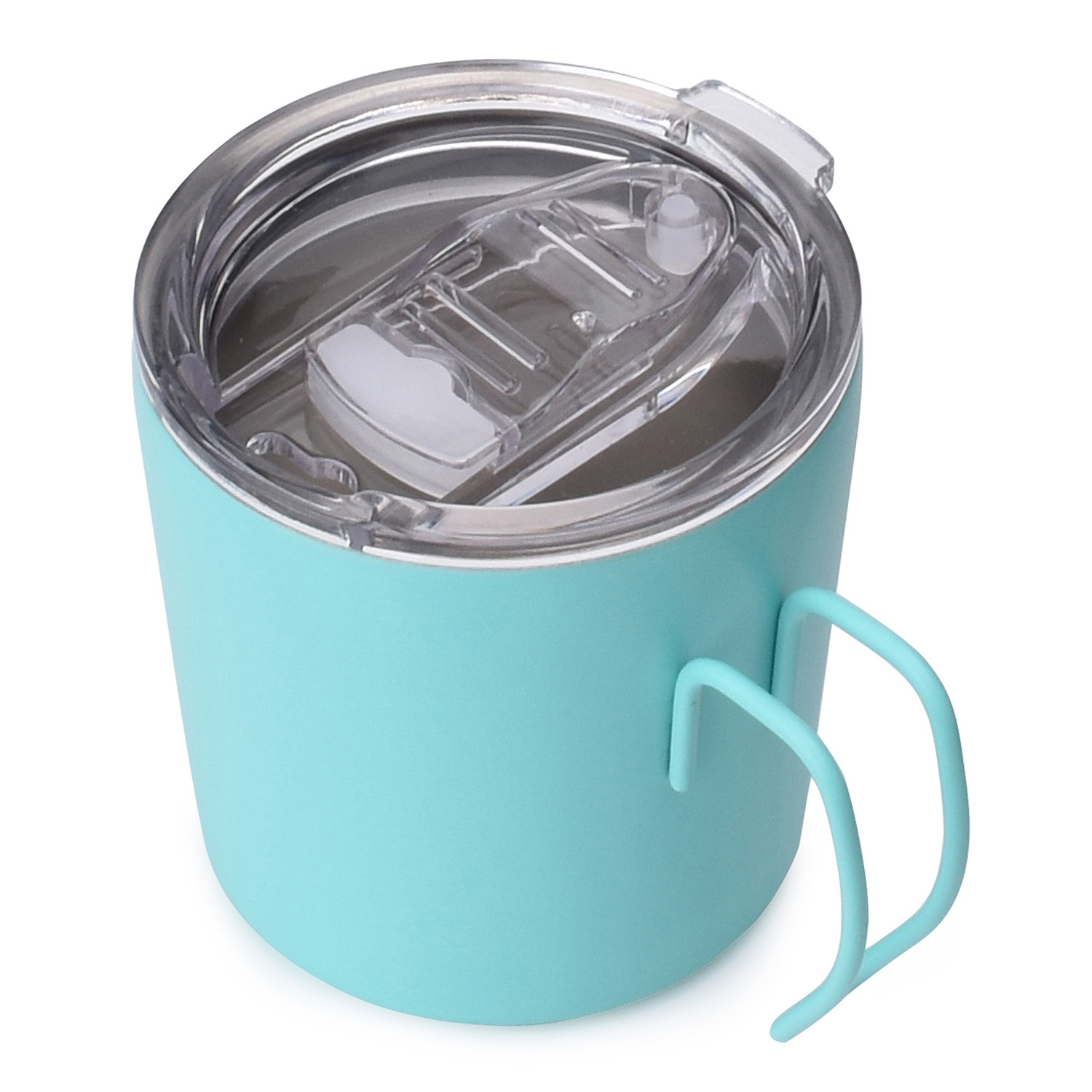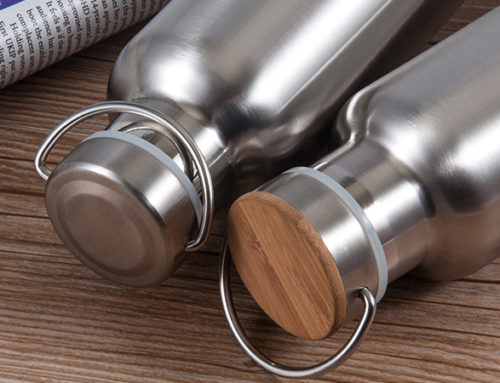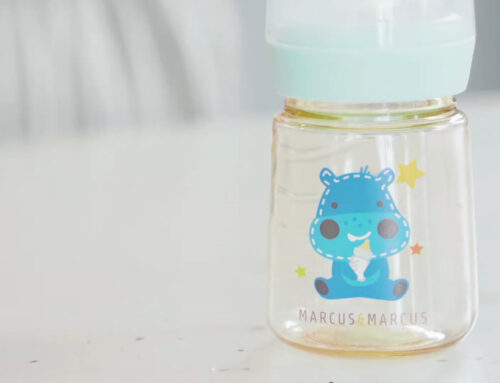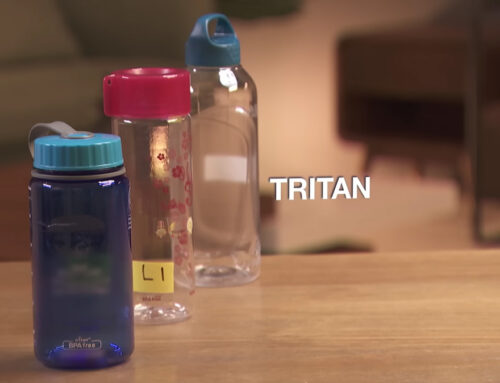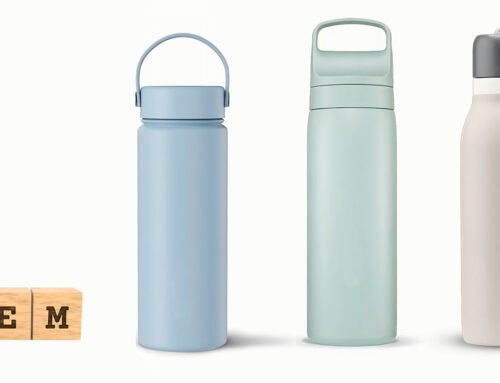Contents
- 1. What is carbon footprint?
- 2. How to reduce carbon footprint?
- 3. Why are stainless steel water bottles sustainable choice?
- 3.1 Composition of stainless steel and its availability as a natural resource
- 3.2 Recycling and energy conservation in stainless steel production
- 3.2.1 Recycling in stainless steel production
- 3.2.2 Energy conservation in stainless steel production
- 3.3 Durability and longevity of stainless steel water bottle
- 4. What are the additional benefits of stainless steel water bottles?
- 5. Conclusion
In today’s world, where sustainability and environmental consciousness are gaining increasing importance, making eco-friendly choices has become a priority for many individuals. One area where we can make a significant impact is by reconsidering our use of single-use plastic water bottles and instead embracing sustainable alternatives. Stainless steel water bottles have emerged as a popular choice for environmentally conscious consumers seeking to decrease their carbon footprint. These durable and reusable bottles offer a range of benefits that not only minimize the environmental impact but also promote a greener lifestyle. By understanding how stainless steel water bottles contribute to reducing carbon emissions and plastic waste, we can make informed choices that align with our commitment to sustainability. In this article, we will explore the various ways in which sustainable stainless steel water bottles play a vital role in decreasing our carbon footprint and fostering a healthier planet.
1. What is carbon footprint?

What’s this thing called carbon footprint, you see?A carbon footprint means the amount of greenhouse gases. These greenhouse gases are mainly composed by carbon dioxide (CO2), which is emitted by an individual, organization, event, or product directly or indirectly throughout its life-cycle. It quantifies the impact of human activities on the environment in terms of their contribution to climate change. Every action we take, from driving a car to using electricity, has associated carbon emissions. The heat is trapped in the atmosphere due to these emissions, which results in global warming and climate change. The carbon footprint helps us understand and measure the extent of these emissions, allowing us to make informed decisions and take steps towards reducing our impact on the planet.
By calculating our carbon footprint, we can identify the major sources of emissions in our lives, such as transportation, energy consumption, or food choices. With this knowledge, we can adopt more sustainable practices like using renewable energy, conserving energy, choosing eco-friendly transportation, and supporting businesses with low-carbon practices. Ultimately, by reducing our carbon footprint, we can contribute to mitigating climate change and creating a more sustainable future.
2. How to reduce carbon footprint?
We have mentioned that the carbon footprint means the emission of carbon dioxide. And now comes the question, how can we reduce the carbon footprint for a sustainable world?
From a macroeconomic point of view, carbon footprint reduction can be done to a large extent with efforts by government. For example, Governments can provide incentives, subsidies, and tax breaks to promote clean energy investments like solar, wind, and hydroelectric power. They can implement policies and regulations that promote energy efficiency in industries, buildings, and transportation sectors and create economic incentives for businesses and individuals to reduce their carbon emissions by establishing a carbon pricing mechanism such as a carbon tax or cap-and-trade system. Last but not least, governments can invest in research and development of low-carbon technologies, such as advanced energy storage, carbon capture and storage, and sustainable agriculture practices. This measure can lead to breakthrough innovations that help reduce emissions.
Individuals’ contributions also can’t be neglected while governments play an inevitable role in reducing. Everyone could start from daily life and do something to reduce carbon footprint. Choosing eco-friendly modes of transportation like walking, cycling, or using public transportation whenever possible, practicing energy conservation by turning off lights and appliances when not in use, using energy-efficient appliances, and insulating homes properly to reduce heating and cooling needs are all common behaviors in our life.
Then, think about the sing-use plastic water bottles in our life. From manufacturing to landfills, these bottles are creating carbon foot print all of the time. Manufacturing plastic bottles requires energy and resources, while their disposal often leads to overflowing landfills or pollution in oceans and other natural habitats. Choosing reusable alternatives can help mitigate these problems. By opting for reusable water bottles, you can significantly reduce your carbon footprint. Reusing a durable water bottle multiple times eliminates the need for manufacturing new bottles and reduces the associated energy consumption and greenhouse gas emissions. Among these reusable water bottles, sustainable stainless steel water bottles and Titanium drink bottles could be a good option for carbon footprint reduction.
3. Why are stainless steel water bottles sustainable choice?
Reading here, you may wonder why we think stainless steel water bottles as more sustainable choice. Now please pay a little patience and follow us to explore the reasons.
3.1 Composition of stainless steel and its availability as a natural resource

Stainless steel is a durable and sustainable material that is widely used in various industries, including the production of water bottles / wholesale stainless steel tumblers / cups / flasks / double walled dog bowls / jugs / custom metal lunch boxes etc. Plastic bottles contribute to the depletion of fossil fuels and take a significant amount of time to decompose, often ending up in landfills or polluting ecosystems. Aluminum production requires extensive mining, extraction, and energy-intensive processes.
Compared to other materials commonly used for water bottles, such as plastic or aluminum, stainless steel offers several sustainability advantages. Stainless steel is primarily composed of iron, chromium, nickel, and small amounts of other elements such as carbon and manganese. Iron, the main component of stainless steel, is one of the most abundant elements on earth, making stainless steel a readily available material. The mining and extraction of iron ore for stainless steel production can be carried out using environmentally responsible practices, minimizing its impact on ecosystems. Chromium and nickel are essential alloying elements in stainless steel, contributing to its corrosion resistance and durability. While these elements are not as abundant as iron, their extraction can be done through responsible mining practices. Additionally, stainless steel is highly recyclable, meaning that it can be repurposed and reused indefinitely without losing its material properties. This recyclability reduces the demand for new raw materials and further minimizes environmental impact.
3.2 Recycling and energy conservation in stainless steel production
One of the key reasons why stainless steel water bottles are considered a sustainable choice is the recycling and energy conservation associated with their production. Let’s delve deeper into this aspect.
3.2.1 Recycling in stainless steel production
Stainless steel is a highly recyclable material, and its recycling process offers several environmental benefits. When a stainless steel water bottle reaches the end of its useful life, it can be collected through recycling programs or waste management systems. These bottles are then sent to recycling facilities where they undergo a process called “scrap recycling”.
During scrap recycling, the stainless steel bottles are shredded and melted down. The molten stainless steel is then molded into new products, including water bottles or other stainless steel items. This recycling process can be repeated indefinitely without compromising the quality and properties of stainless steel. By choosing stainless steel water bottles, you actively participate in the circular economy by promoting the reuse of valuable materials and reducing the demand for new resources.
3.2.2 Energy Conservation in stainless steel production
The pruction of stainless steel requires less energy compared to other commonly used materials such as plastic or aluminum. Stainless steel is primarily composed of iron, chromium, and other alloying elements. These metals are abundant and can be sourced relatively easily. The extraction and refinement processes for these metals consume less energy compared to the production of alternative materials.
Furthermore, stainless steel manufacturers often incorporate recycled content into their production. By using recycled stainless steel, the need for extracting and refining new raw materials is reduced, resulting in significant energy savings. The integration of recycled content aligns with sustainable practices, as it minimizes the environmental impact associated with manufacturing processes.
The energy conservation aspect of stainless steel production has far-reaching benefits. It helps reduce greenhouse gas emissions, decrease reliance on fossil fuels, and mitigate the overall carbon footprint. By opting for stainless steel water bottles, you indirectly contribute to the conservation of energy resources and the reduction of environmental harm.
3.3 Durability and longevity of stainless steel water bottles
Stainless steel water bottles are made from a high-grade alloy that consists primarily of iron, chromium, nickel, and other elements. This composition provides inherent strength and resistance to corrosion, ensuring that the bottle can withstand daily use and endure harsh conditions without deteriorating. The robust construction of stainless steel bottles makes them highly resistant to dents, scratches, and impact damage, which significantly extends their lifespan. Unlike plastic water bottles that can crack, degrade, or develop leaks over time, stainless steel bottles maintain their structural integrity for an extended period.
Besides, it is inherently corrosion-resistant due to the presence of chromium in its composition. This resistance makes stainless steel water bottles impervious to rust and other forms of corrosion that can render other metal containers unusable. By preventing corrosion, stainless steel bottles maintain their hygienic properties and aesthetic appeal over time, ensuring you can rely on them for years to come.
In a word, the durability and longevity of stainless steel water bottles directly contribute to their long-lasting performance. Unlike single-use plastic bottles that quickly find their way into landfills, stainless steel bottles can be used repeatedly for an extended period, reducing waste generation and environmental impact. Their ability to stand up to the rigors of everyday use means you can enjoy a reliable and sustainable hydration solution without the need for frequent replacements.
4. What are the additional benefits of stainless steel water bottles?
wholesale pricing: USD 2.39-2.99
Stainless steel water bottle is not only a perfect choice for sustainability, but also owns numerous advantages. We’d like to share them in the following:
- Temperature Regulation: Many stainless steel water bottles come with double-wall insulation, which helps to maintain the temperature of the contents. This means they can keep cold drinks cold for an extended period, often for up to 24 hours, and hot beverages hot for several hours. Whether you want to enjoy a refreshing cold drink during hot summer days or keep your coffee warm on a chilly morning, stainless steel bottles provide excellent temperature regulation.
- Versatility: Stainless steel water bottles are available in a wide range of sizes, shapes, and designs to suit different needs and preferences. You can find bottles with various capacities, from small ones for children or short outings to large ones for all-day hydration. Additionally, some stainless steel bottles come with additional features like spill-proof lids, integrated straws, or carabiner clips for easy attachment to bags or backpacks. With the versatility offered by stainless steel bottles, you can find the perfect option to suit your lifestyle and activities.
- Odor and Flavor Retention: Stainless steel is a non-porous material, which means it does not retain or transfer flavors from previous drinks. This feature is especially beneficial when switching between different beverages. You can enjoy your water without any lingering taste of coffee or other flavored drinks. Additionally, stainless steel does not retain odors, ensuring that your water or beverages always taste fresh and pure.
- BPA-Free: Stainless steel is naturally BPA-free, meaning it doesn’t contain bisphenol A, a chemical commonly found in plastic products. BPA has been associated with potential health risks, and by choosing stainless steel water bottles, you can avoid exposure to this harmful chemical.
5. Conclusion
In conclusion, sustainable stainless steel water bottles are a great choice for reducing carbon footprint and promoting a greener lifestyle. They are composed of readily available and highly recyclable materials, require less energy for production, and have a long lifespan. Stainless steel bottles contribute to the circular economy, reduce plastic waste, conserve energy, and are versatile in design. Additionally, they offer temperature regulation, flavor retention, and are BPA-free. By choosing stainless steel water bottles, we are making a positive impact on the environment and support sustainability efforts.
As a leading wholesale custom drinkware manufacturer, KingStar is a company dedicated to producing high-quality sustainable stainless steel water bottles while prioritizing environmental protection. By offering sustainable alternatives to single-use plastic bottles, we promote eco-conscious choices and encourage individuals to reduce their carbon footprint. If you want more information, please contact us.


